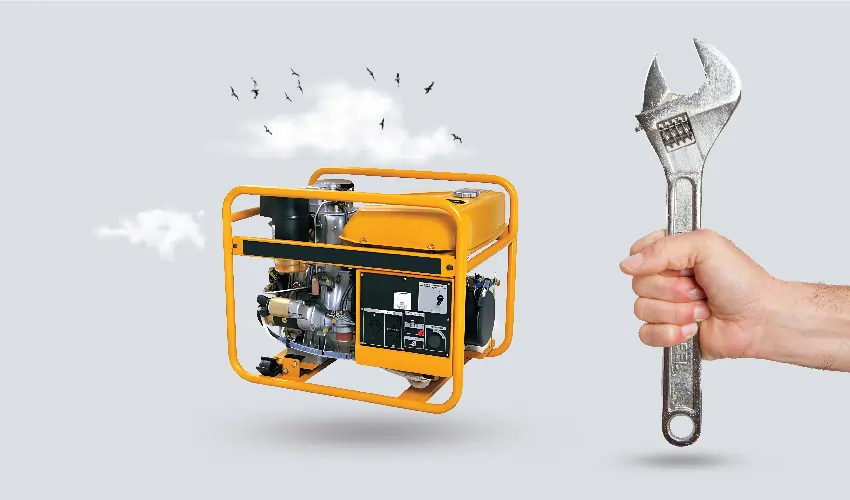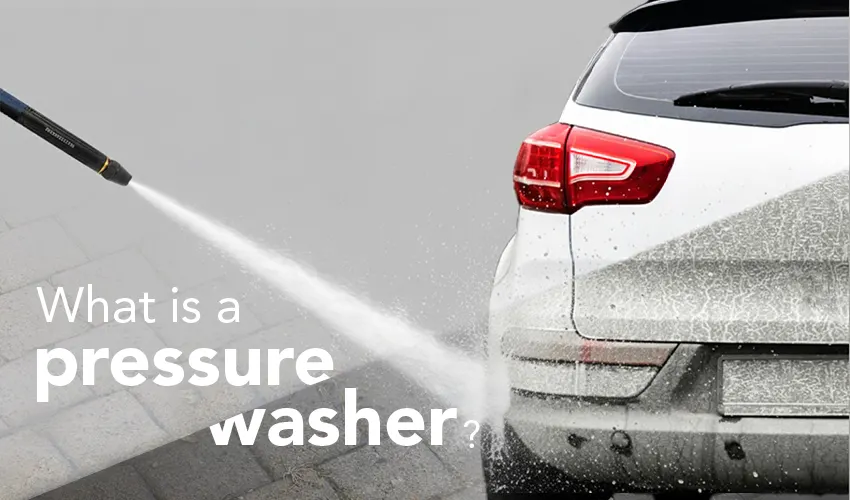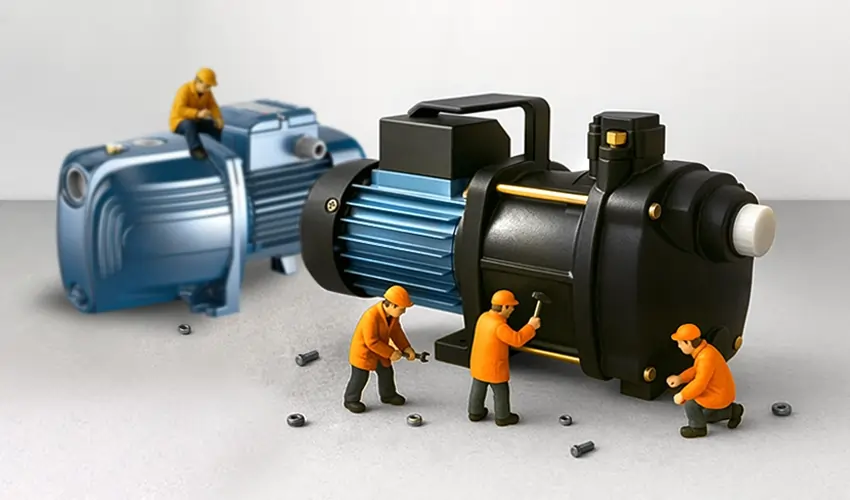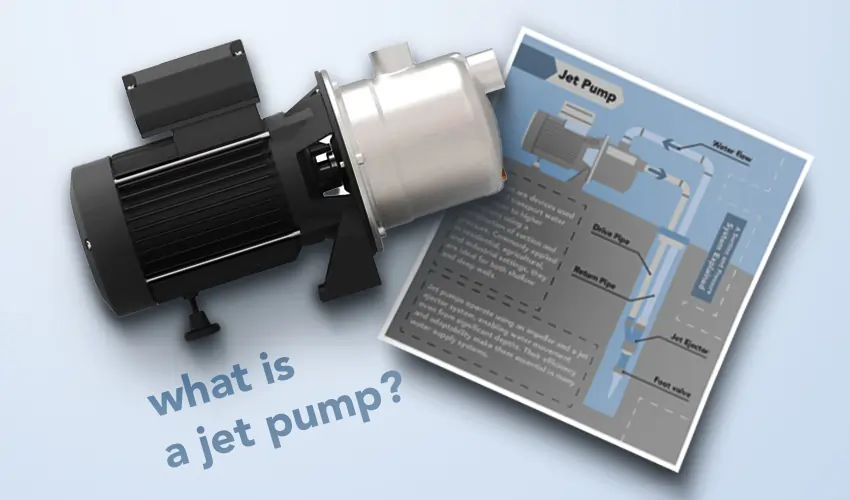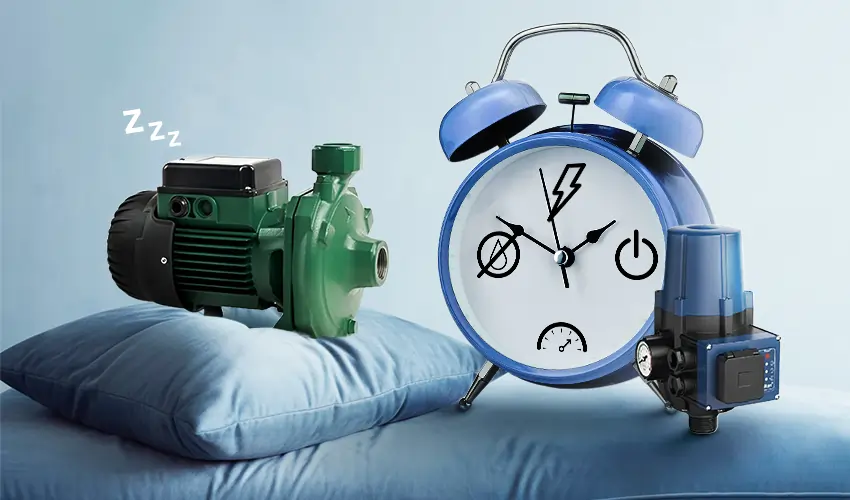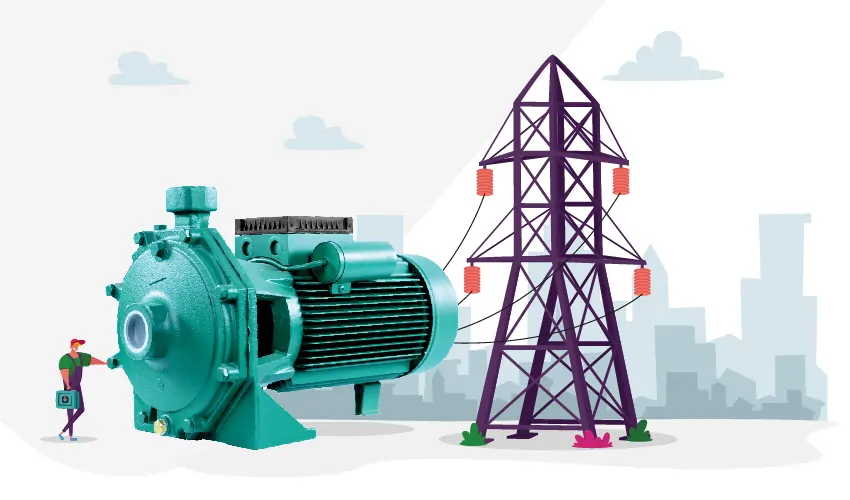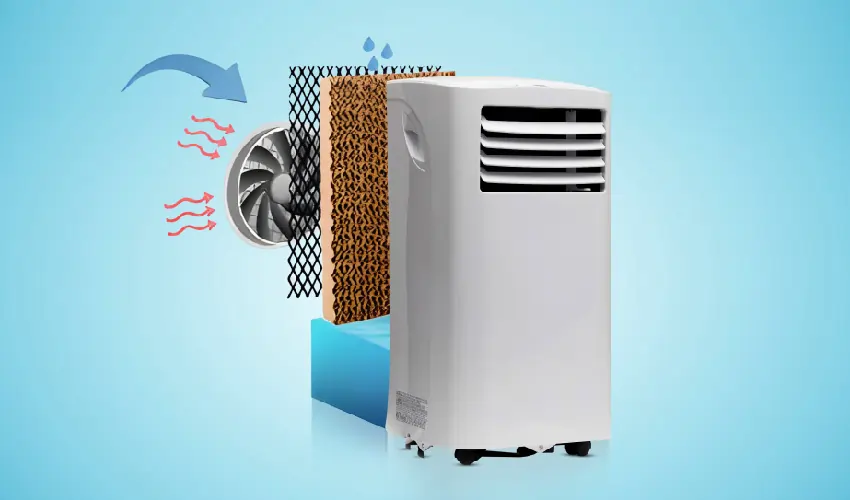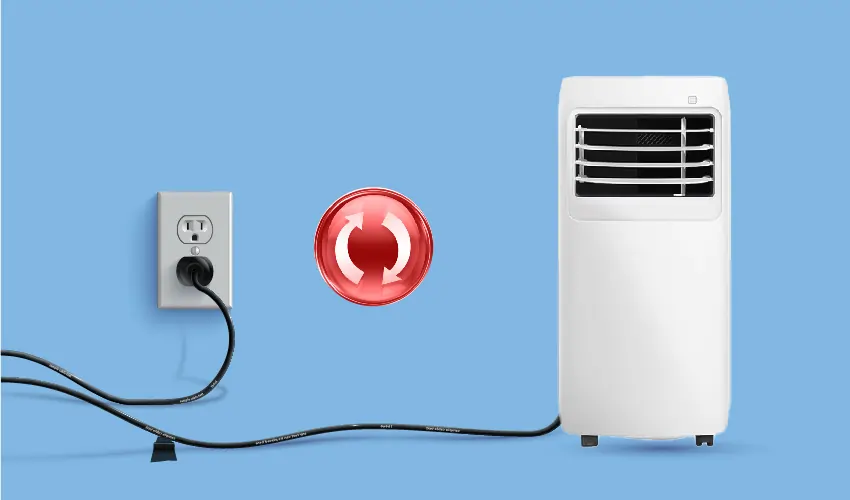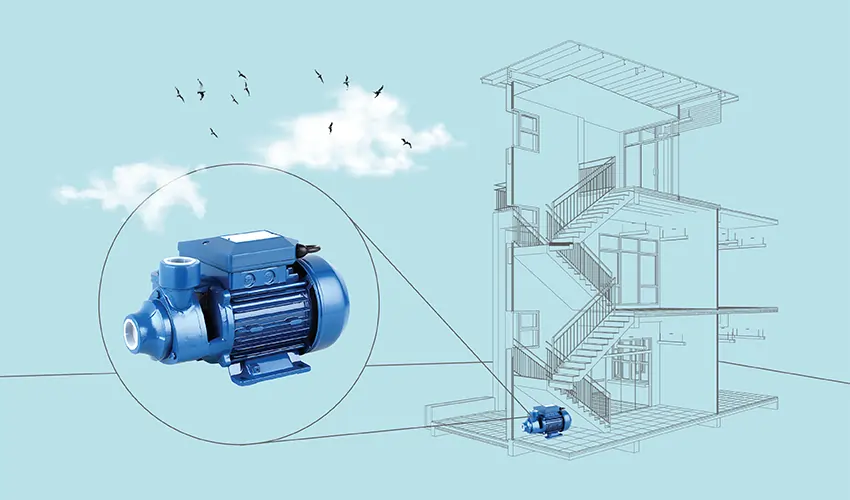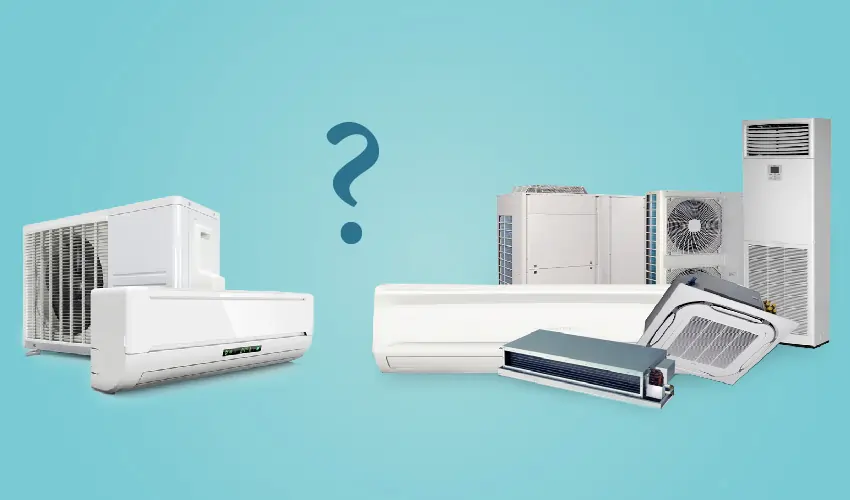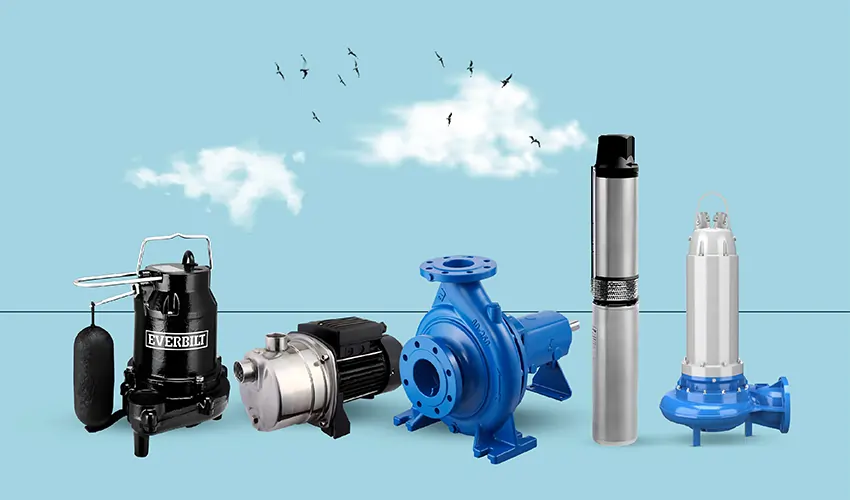Step-by-Step Guide to Repairing Portable Diesel Generator
This step-by-step guide provides a concise overview of the key processes involved in troubleshooting and repairing a portable diesel generator. By following safety precautions, identifying problems, and adhering to manufacturer recommendations, users can efficiently address issues and finish portable diesel generator repair.
What Are the Common Problems of Diesel Generator?
Diesel generators are robust and reliable power sources, but they can encounter various issues that may affect their performance. Common problems with diesel generators include:
Fuel Quality and Contamination
- Contaminated Fuel: Impurities or water in the fuel can lead to clogged filters, injector issues, and engine problems.
- Stale Fuel: Diesel fuel can degrade over time, leading to starting difficulties and engine performance issues.
Battery Issues
- Weak or Dead Battery: A failing battery can result in difficulty starting the generator, especially for those with electric starters.
Air System Problems
- Air Filter Clogs: Dirty air filters can restrict airflow, affecting combustion efficiency and engine performance.
- Turbocharger Issues: Problems with the turbocharger can impact air compression and engine power.
Cooling System Failures
- Coolant Leaks: Leaks in the cooling system can lead to overheating and potential engine damage.
- Radiator Blockages: Blocked radiators or heat exchangers can impede the cooling process.
Oil-related Issues
- Low Oil Level: Insufficient oil levels can lead to inadequate lubrication and damage to engine components.
- Dirty Oil: Contaminated or dirty oil can impact engine performance and longevity.
Starting and Stopping Problems
- Glow Plug Issues: For cold-start systems, malfunctioning glow plugs can hinder the ignition process.
- Faulty Starter Motor: Problems with the starter motor can prevent the generator from starting.
Exhaust System Troubles
- Exhaust Leaks: Leaks in the exhaust system can be a safety hazard and may impact engine performance.
- Clogged Exhaust Systems: Restrictions in the exhaust system can affect engine efficiency.
Governor Malfunctions
- Speed Control Issues: Problems with the governor can result in unstable engine speed and voltage output.
Generator End Problems
- Faulty Voltage Regulator: A malfunctioning voltage regulator can lead to unstable power output.
- Winding or Connection Failures: Issues with the generator windings or connections can affect electrical performance.
General Wear and Tear
- Worn Bearings and Seals: Over time, components such as bearings and seals can wear out, leading to potential failures.
- Corrosion: Exposure to environmental conditions can cause corrosion, impacting various parts of the generator.
How to Repair Portable Diesel Generator?
Repairing a diesel portable generator requires a systematic approach, and it’s essential to follow safety precautions and the manufacturer’s guidelines. Here is a general guide on generator maintenance and how to repair a portable diesel generator:
Safety First
- Disconnect the generator from any power source.
- Allow the generator to cool down before starting any repairs.
- Wear appropriate personal protective equipment, including gloves and safety glasses.
Identify the Problem
- Diagnose the issue by observing any visible damage, listening for unusual sounds, and checking for warning lights or error codes.
Check Fuel System
- Ensure there is an adequate supply of clean and uncontaminated diesel fuel.
- Inspect fuel lines for leaks or blockages.
- Check the fuel filter and replace if necessary.
Inspect Air System
- Clean or replace the air filter to ensure proper airflow.
- Examine the turbocharger for any issues if applicable.
Battery Inspection
- Check the battery for proper voltage and connections.
- Clean and tighten battery terminals.
- If the generator has an electric starter, ensure the starter motor is functioning correctly.
Cooling System Examination
- Inspect for coolant leaks and address any issues.
- Clean or replace the radiator if it is blocked.
- Check the coolant level and top up if necessary.
Oil System Inspection
- Check the oil level and top up if low.
- Replace the oil and oil filter according to the manufacturer’s recommendations.
Examine the Exhaust System
- Check for exhaust leaks and repair if necessary.
- Ensure the exhaust system is not blocked.
Governor and Speed Control
- Inspect the governor for proper operation.
- Check the speed control mechanism and adjust if needed.
Generator End Examination
- Inspect the voltage regulator for any malfunctions.
- Check the generator windings and connections for damage.
- Verify that the circuit breakers are not tripped.
Wear and Tear Issues
- Check for worn bearings, seals, or other components.
- Address any corrosion issues by cleaning or replacing affected parts.
Consult the Manual
- Refer to the generator’s manual for specific troubleshooting steps and repair procedures.
- Follow the manufacturer’s recommendations for maintenance and repair intervals.
Professional Assistance
- If you’re unable to identify or fix the issue, or if the repair involves complex components, seek assistance from a qualified technician or the generator manufacturer’s service center.
Testing
- After making repairs, test the generator to ensure that the issue is resolved.
- Check for proper voltage output and stable operation under load.
Conclusion
Repairing a diesel portable generator involves a systematic approach, beginning with safety precautions and careful identification of the problem. This step-by-step guide outlines key areas to inspect and address, including the fuel system, air system, battery, cooling system, oil system, exhaust system, governor, generator end, and components prone to wear and tear.

